As a new beekeeper, just starting out with a new hive of bees, it can be challenging to identify what you see in the cells of each comb in the hive. Soon after working in the hive several times you will soon learn the differences between capped and uncapped honey comb, capped worker brood and capped drone comb. You will also recognize heater bee cells, pollen and emerged bee cells and queen cells.
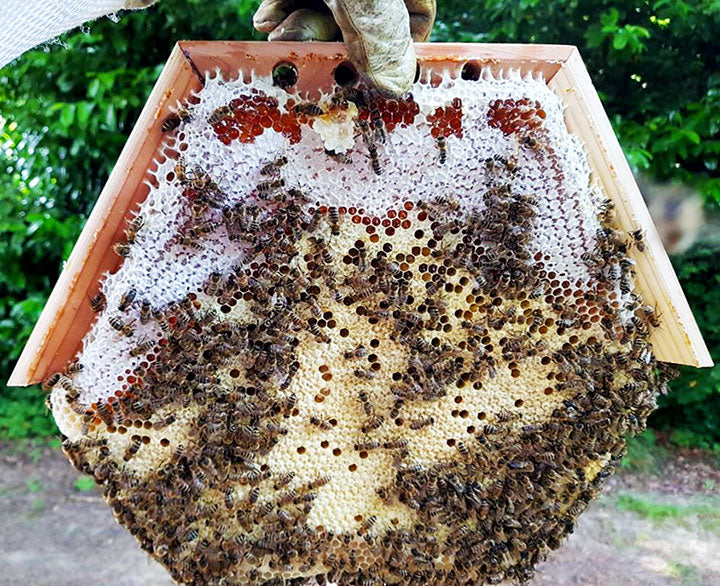
The Cathedral Hive Comb - several types of cells in this comb
In the Brood Nest area of the hive the bees will create a band of honeycomb above the brood cells. These honey stores are a source of food and that band also creates warmth during the winter months. Honeycomb and wax is a heat sink and insulator for the hive.
Top band on the comb: Capped honey cells - the band of white wax coverings
Middle and Bottom of Comb: Capped worker brood cells - Light yellow capped cells from middle to bottom of comb. The light yellow color indicates that are freshly laid by the queen.
Open Cells: Heater Bee empty cells:these empty cells scattered throughout the brood cells are cells for heater bees to crawl into and warm up the broodnest when needed. These 'heater bees' will crawl into a cell and vibrate their abdomen to create warmth for the brood cells around them. This is one technique of how the bees regulate the needed consistent temperature of 91-96 degrees F (32-35 C ) in the broodnest area of the hive.
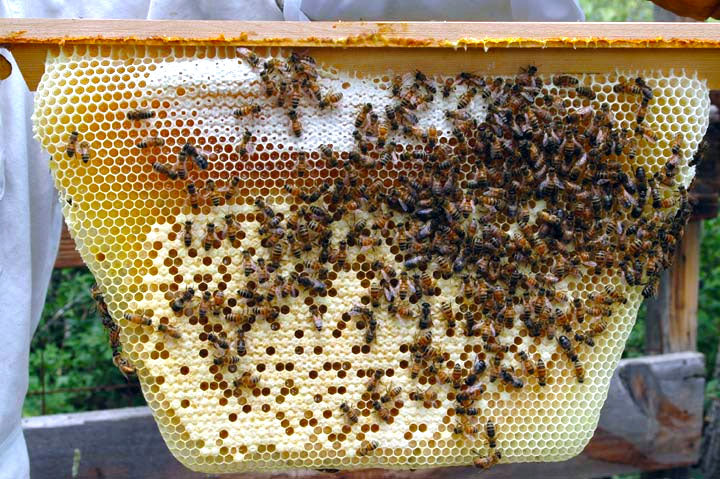
The Golden Mean Hive Comb - again several types of cells in this comb
Just as the above Cathedral Hive comb we again see the band of capped honey above the brood nest cells
Top of comb: Capped honey cells - the band of white wax coverings
Middle of comb: Uncapped nectar - Open cells in middle (soon to be honey).
Bottom of Comb: Capped worker brood cells - Light yellow capped cells from middle to bottom of comb. The light yellow color indicates that are freshly laid by the queen.
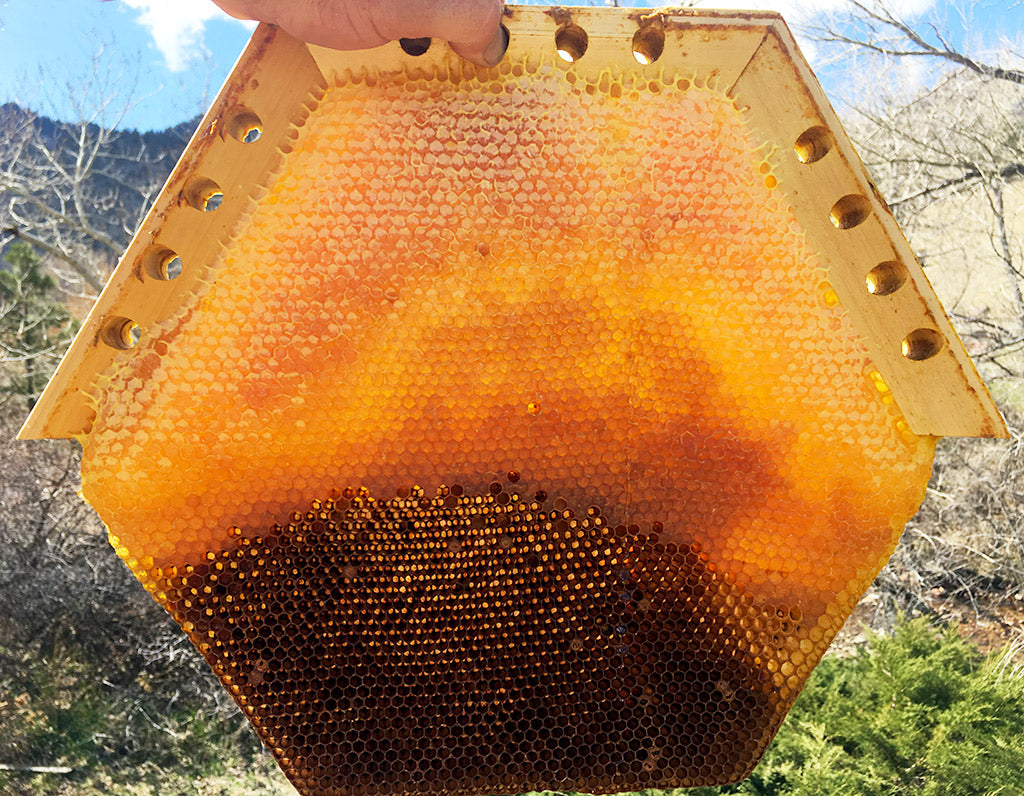
A beautiful comb from the Cathedral Hive. The different color in the wax shows where the honey was stored and where the colony raised brood in the comb. The lighter yellow comb at the top is where the bees stored their honey. The darker comb shows where the brood is being raised in the hive. The bees coat each cell in the broodnest area with a 'shellac', a form of propolis providing an antimicrobial, anti-fungal and antiviral environment for the broodnest leading to a perfect spot for the queen to lay some eggs. And perfect for keeping the hive free of disease. Each time the bee emerges from a cell the bees recoat that cell with the shellac so the queen can again lay in a clean enviroment. When assessing a hive these differences in wax can give you clues to where the brood is being raised in the hive. Ideally in a top bar hive you want there to be honey stored above the broodnest for some very important reasons. One the large band of honey is very accessible to the bees when they are raising their young, mixing pollen and nectar to feed larvae. Secondly the large band of honey acts as an 'insulator' being a heat sink of warmth in the winter to help the bees keep a warm, regulated hive. And in the summer the honeycomb serves as a cooling insulator so that the bees can again keep the hives from overheating and helping them keep the delicate temperature of the broodnest constant. With the Cathedral Hive the larger comb gives the bees ample space for a large band of honey at the top of the comb and this honey equals nutrition, fuel to live and acts, as mentioned above, an insulator against heat and cold. Going into winter the bees will fill empty brood cells with honey and this is called 'backfilling' the comb which will add to the insulation factor of the honeycomb.
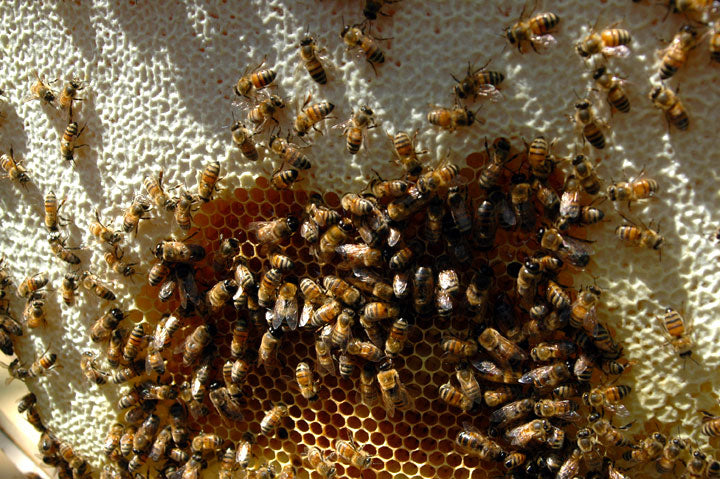 Newly Capped Honey Comb
Newly Capped Honey Comb
With open cells that may be filled with nectar, called uncapped honeycomb
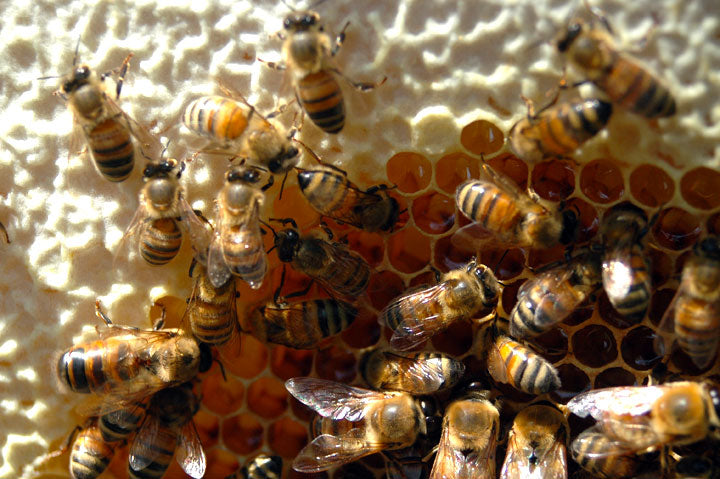
Newly Capped Honey Comb -CloseUp
Capped honey cells are often confused with newly capped worker brood cells (image below). Capped honey cells are slightly indented versus the capped worker brood cells that have a slight protrusion to them.

Newly Capped Honey Comb -CloseUp
Capped honey cells are often confused with newly capped worker brood cells (image below). Capped honey cells are slightly indented versus the capped worker brood cells that have a slight protrusion to them.
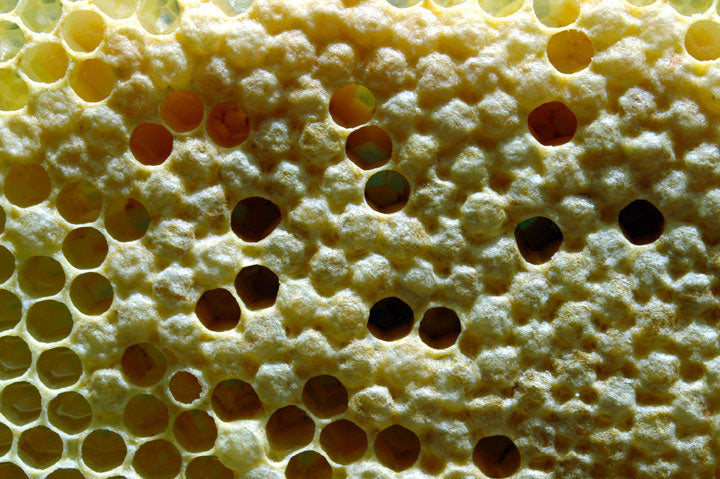
Capped Worker Brood Cells
Capped worker brood cells are often confused with capped honey comb cells (image above). Capped worker brood has a slight bump protruding from the cell.
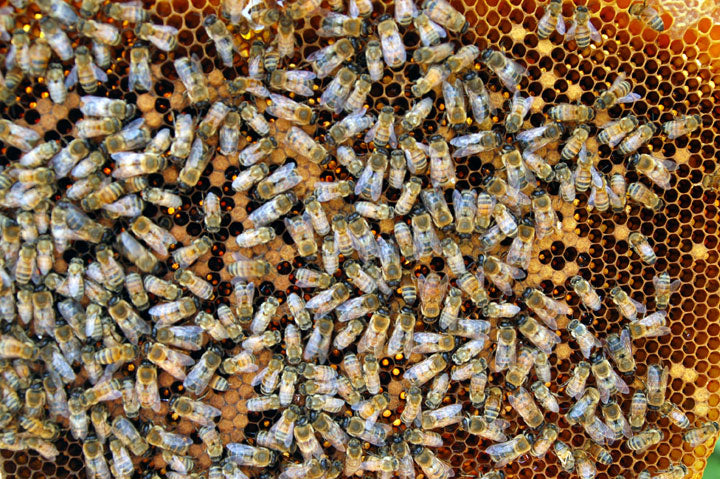
Capped Worker Brood Cells -Darker
When the comb has had at least one cycle of brood laid in it and the bees emerged, the comb becomes a little darker than a first year comb (above image) where the capped worker brood is light in color. The comb becomes darker due to the bees coating the cells with their 'shellac' before the queen lays another egg in the cell. The combs become darker and darker. You will want to rotate out (harvest) brood comb after a few years as the comb can build up pesticides and the cells in the comb will also become smaller and smaller and will no longer be good combs for the queen to lay in.

Various Cells -Darker Comb
This can be a typical comb you may see in the brood nest area. There are many empty cells where worker bees have emerged. Brood combs normally have a band of honey at the top of the comb. This is honey that can be used to feed the young larvae. This comb also has some capped drone cells on the very left side of the comb.

Capped Drone Comb -Lighter Comb
Again this can be a typical comb you may see in the brood nest area, except this is capped drone comb which can be mistaken for capped worker brood (see images above). Capped drone comb protrudes out more than the worker brood. Drone comb looks more like an eraser at the end of a pencil. Again this comb had a band of capped honey at the top and the darker cells are capped honey.
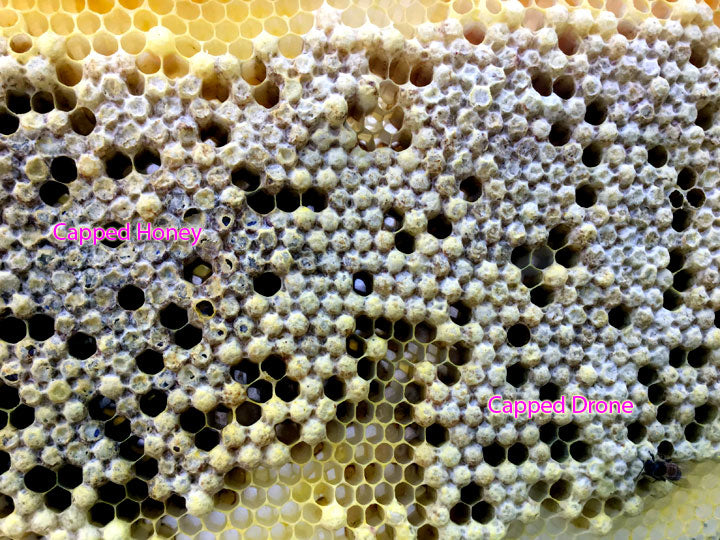
Capped Drone Comb with Capped Honey Comb - CloseUp
This is a challenging identification but the slightly darker cells are capped honey and the remaining capped cells are capped drone comb.
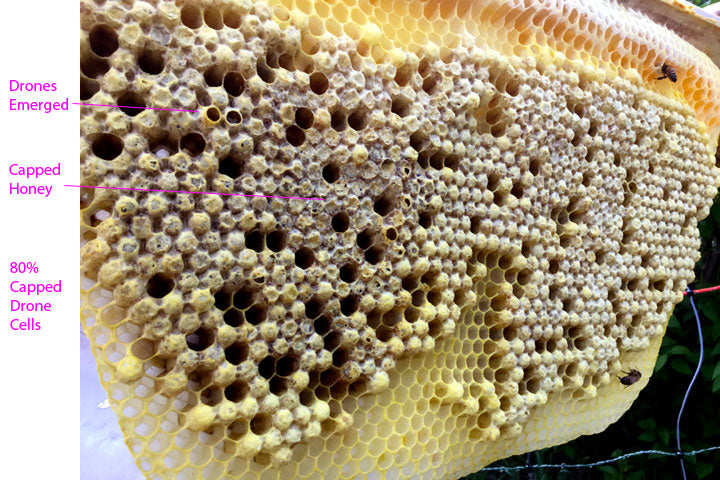
Capped Drone Comb -Lighter Comb
This is the same comb at a side angle as the above 2 pictures. There are a few empty cells where the drones emerged.
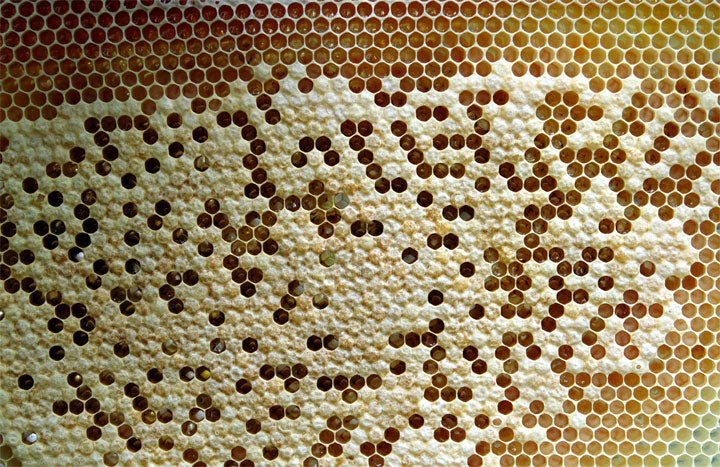
Capped Worker Brood Comb with Heater Bee cells (open cells)
Another image of capped worker brood with some empty cells among the capped brood which are kept intentionally open by the laying queen so that heater bees can go into those empty cells and warm the adjacent larvae if necessary. The brood nest needs to be at a consistent temperature and the heater bees help regulate this temperature.
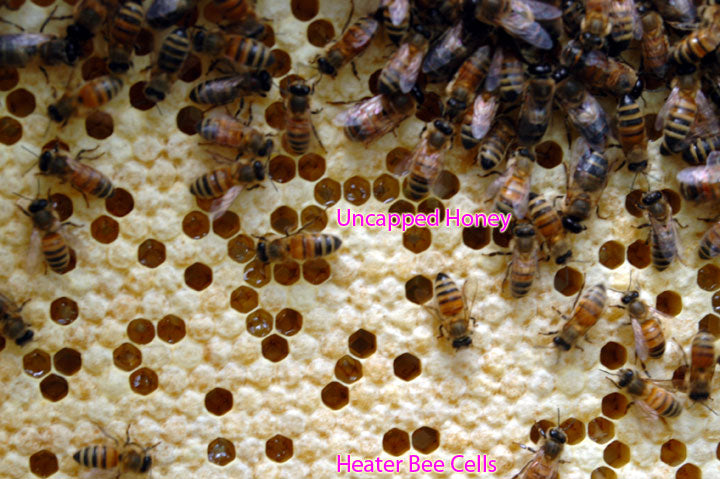
Capped Worker Brood Comb with Heater Bee cells -CloseUp
A closeup of the image above. Some of the empty cells have nectar in them. (the shiny looking cells). The there are some empty cells where heater bees can do their job of regulating the brood nest temperature.
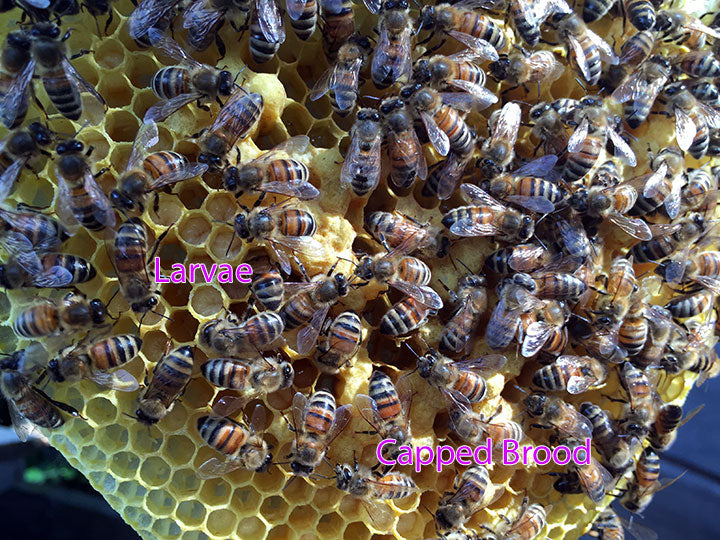
Open Larvae Cells and Capped Worker Brood Comb
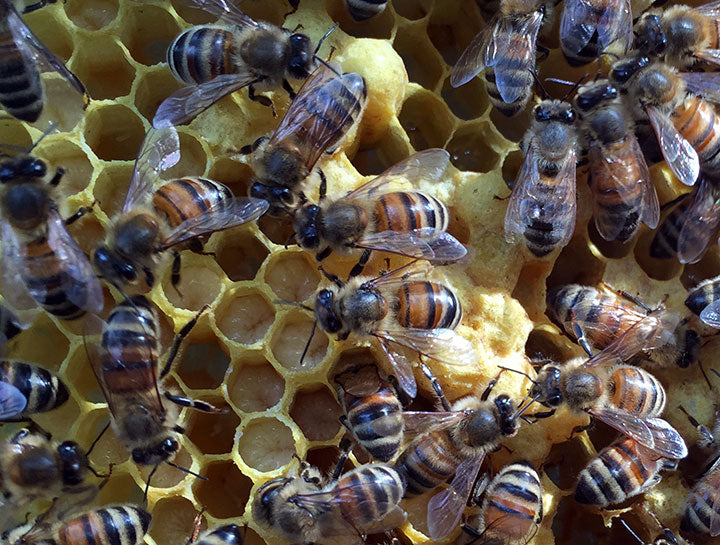
Open Larvae Cells and Capped Worker Brood Comb -CloseUp
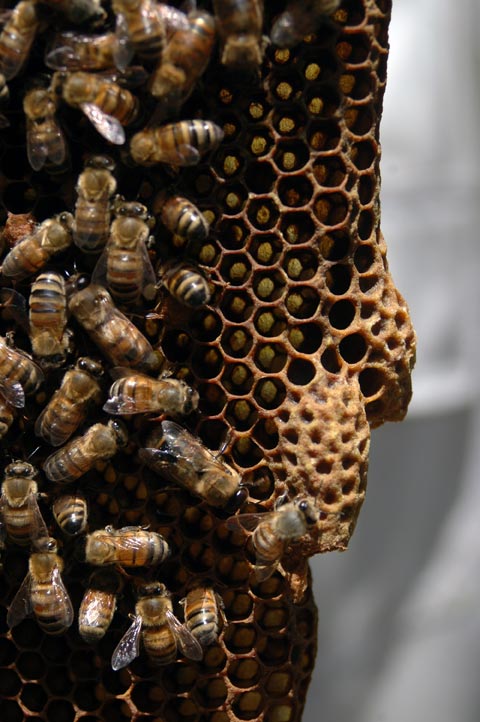
Queen cells
Queen cells are normally found on the edge of the comb in top bar hives. They are described as looking look like a small peanut shape.
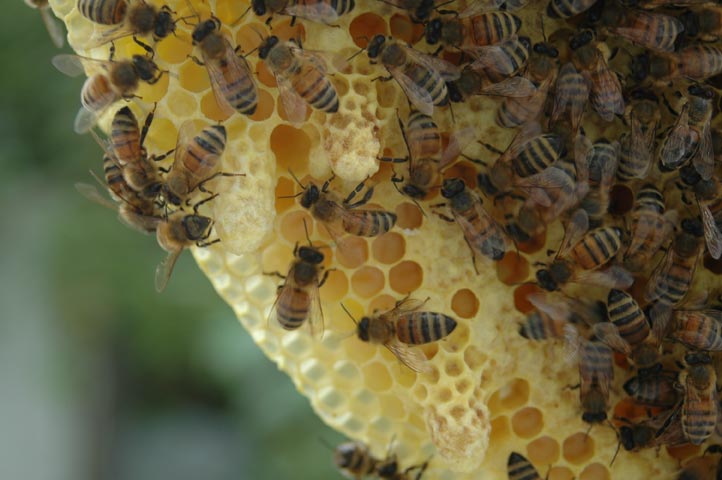
Emergency Queen Cells
Emergency queen cells are found in the middle of the comb, as the bees have taken a 1-3 days old worker bee egg (before it is a larvae) and built wax up around it to form a queen cell that they will then continue to feed royal jelly to make a queen.

Emergency Queen Cells

Emergency Queen Cells
Emergency Queen cells in the middle of the comb drawn out from a 1-3 day old worker
egg before it is a larvae

Capped Drone Cells
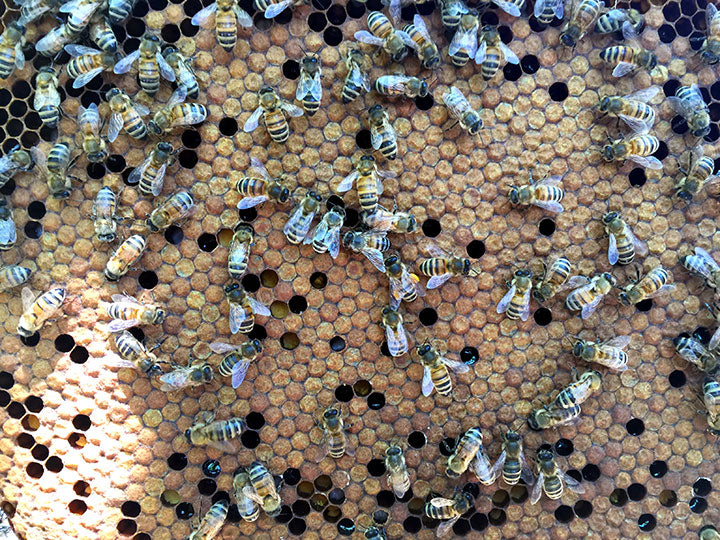
Capped Worker Brood Cells -Darker
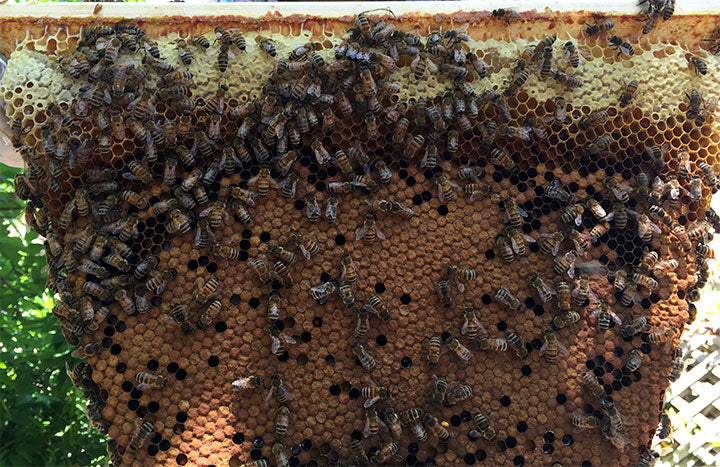
Capped Worker Brood Cells in darker comb. At the top of the comb is capped honey cells
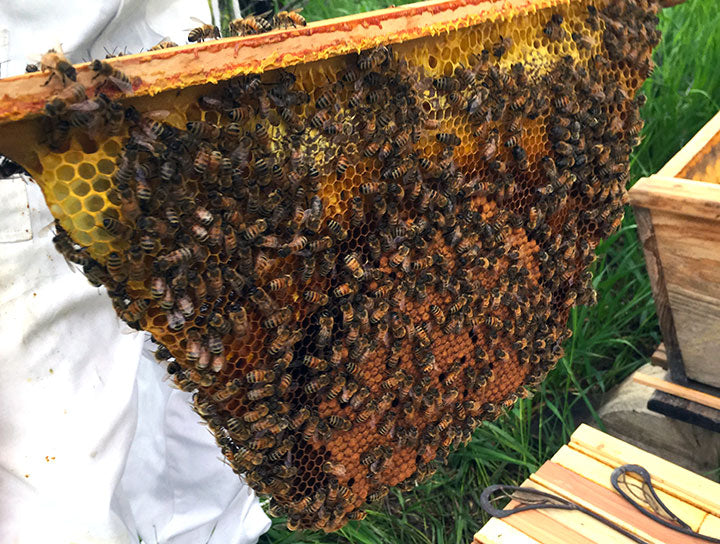
Capped Worker Brood Cells -Darker
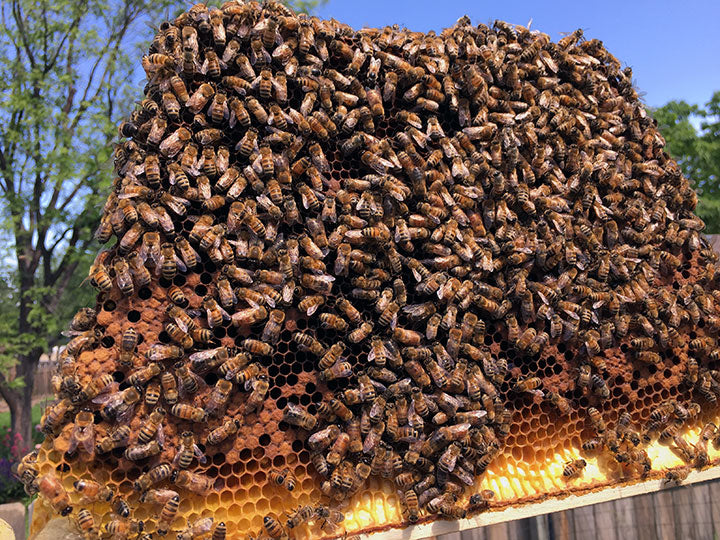
Capped Worker Brood Cells -Darker

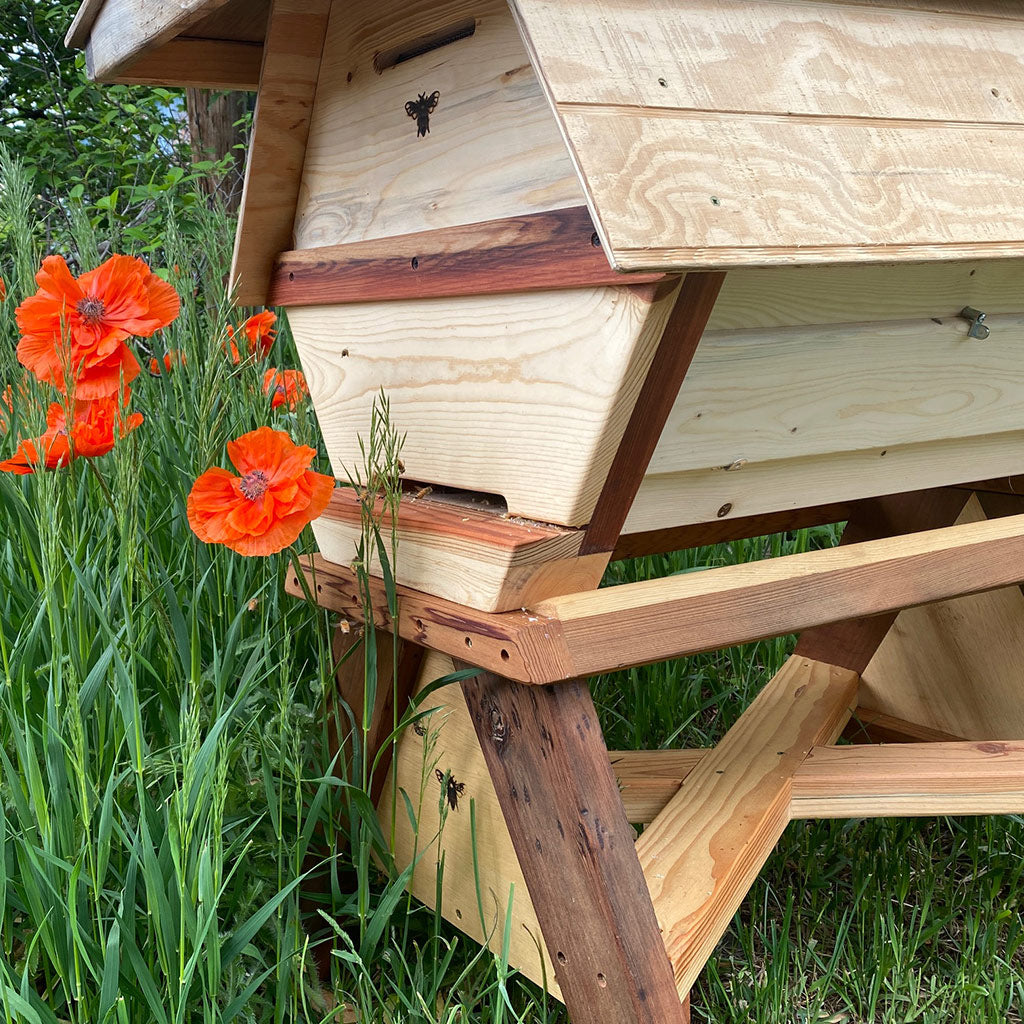
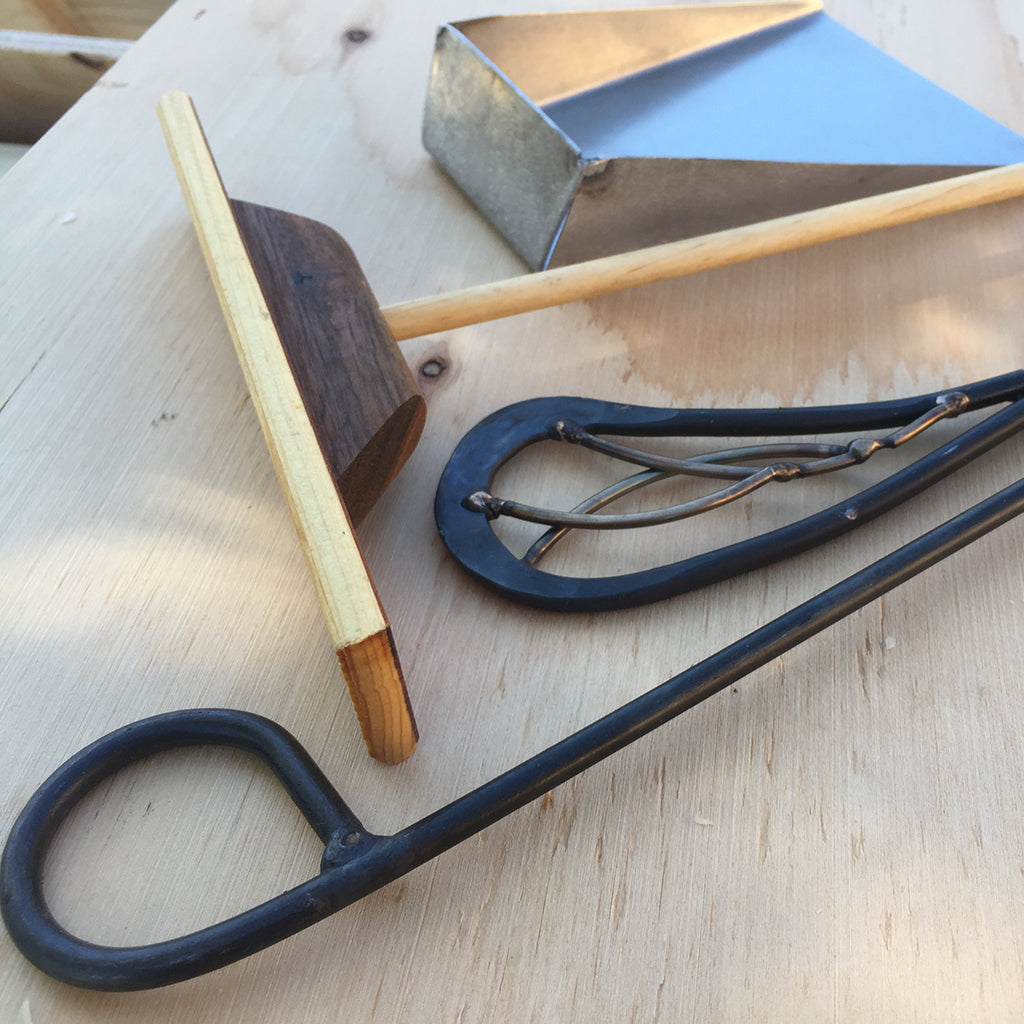
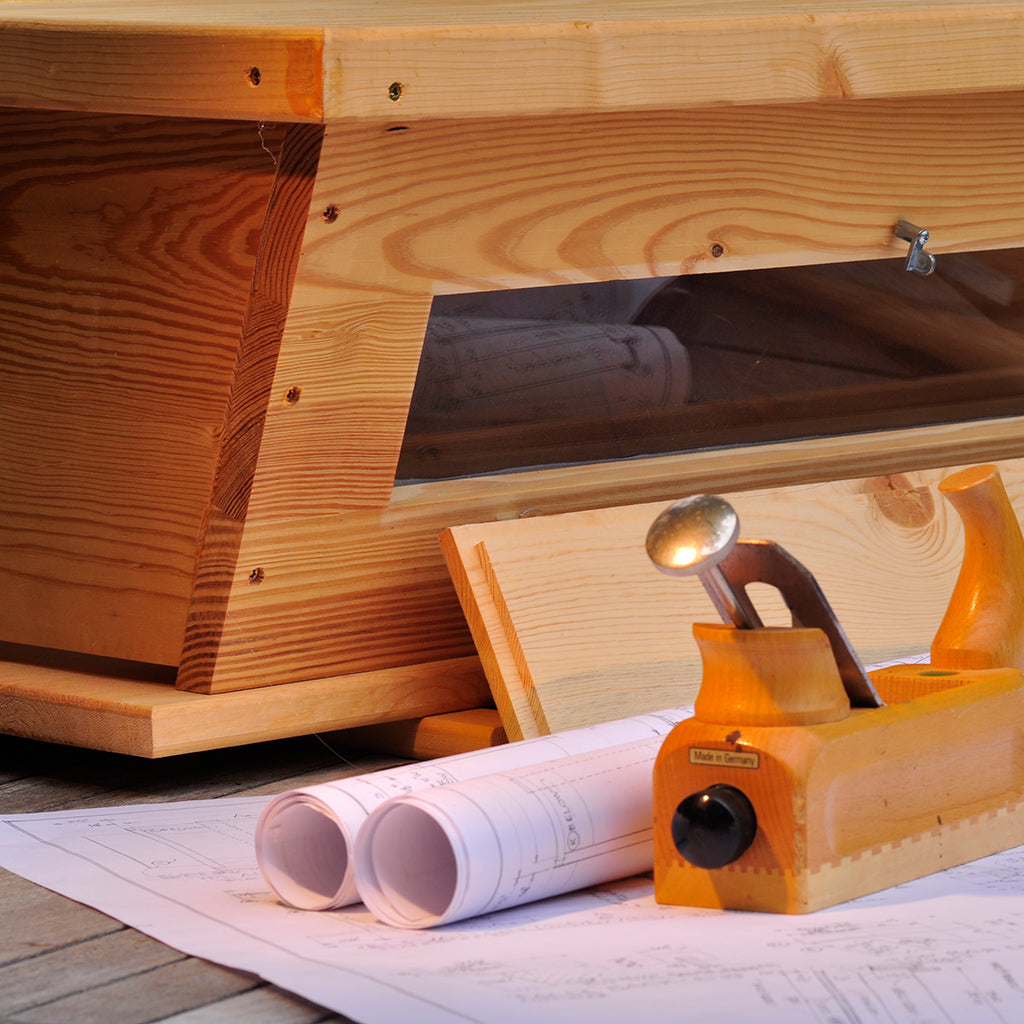
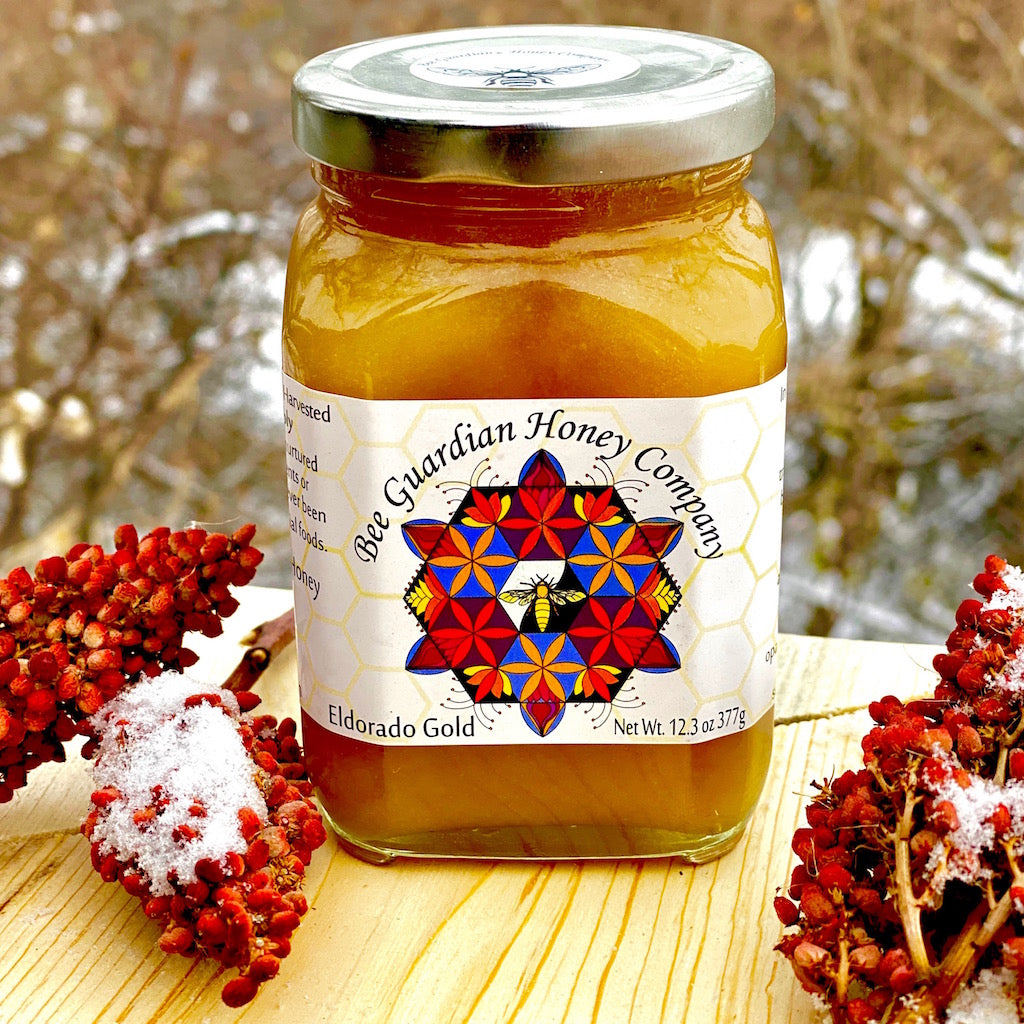

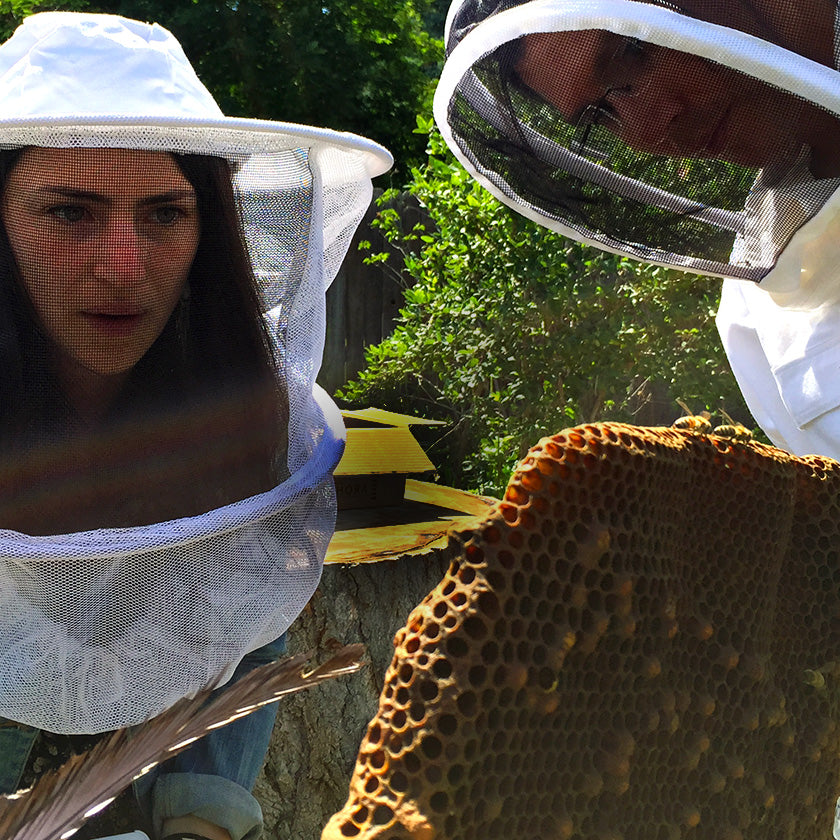
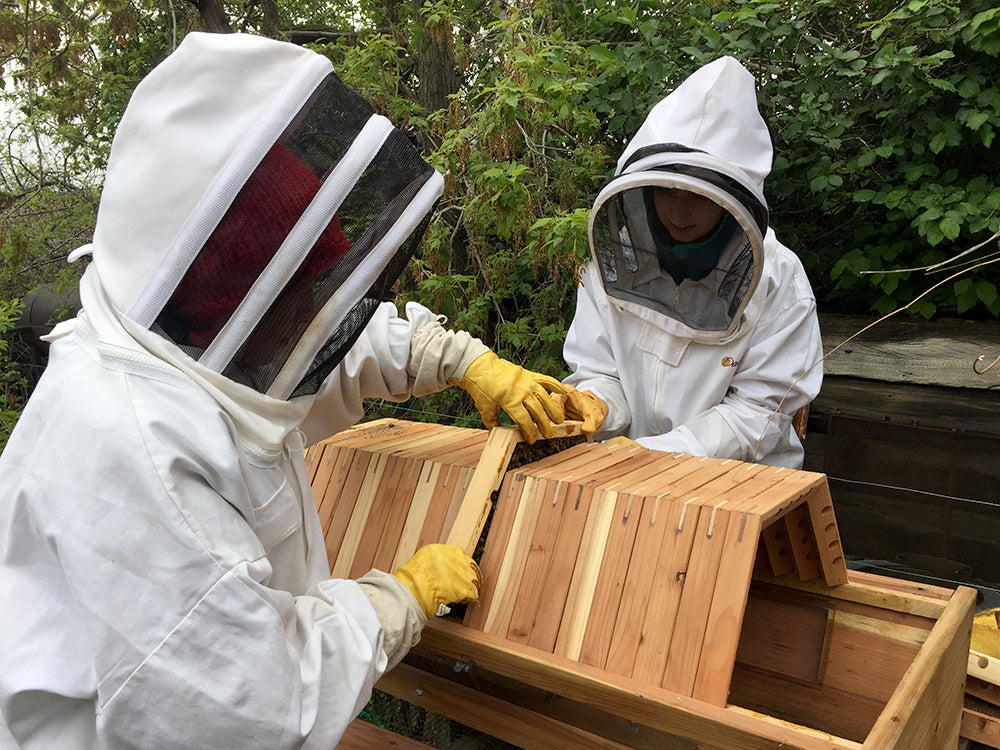
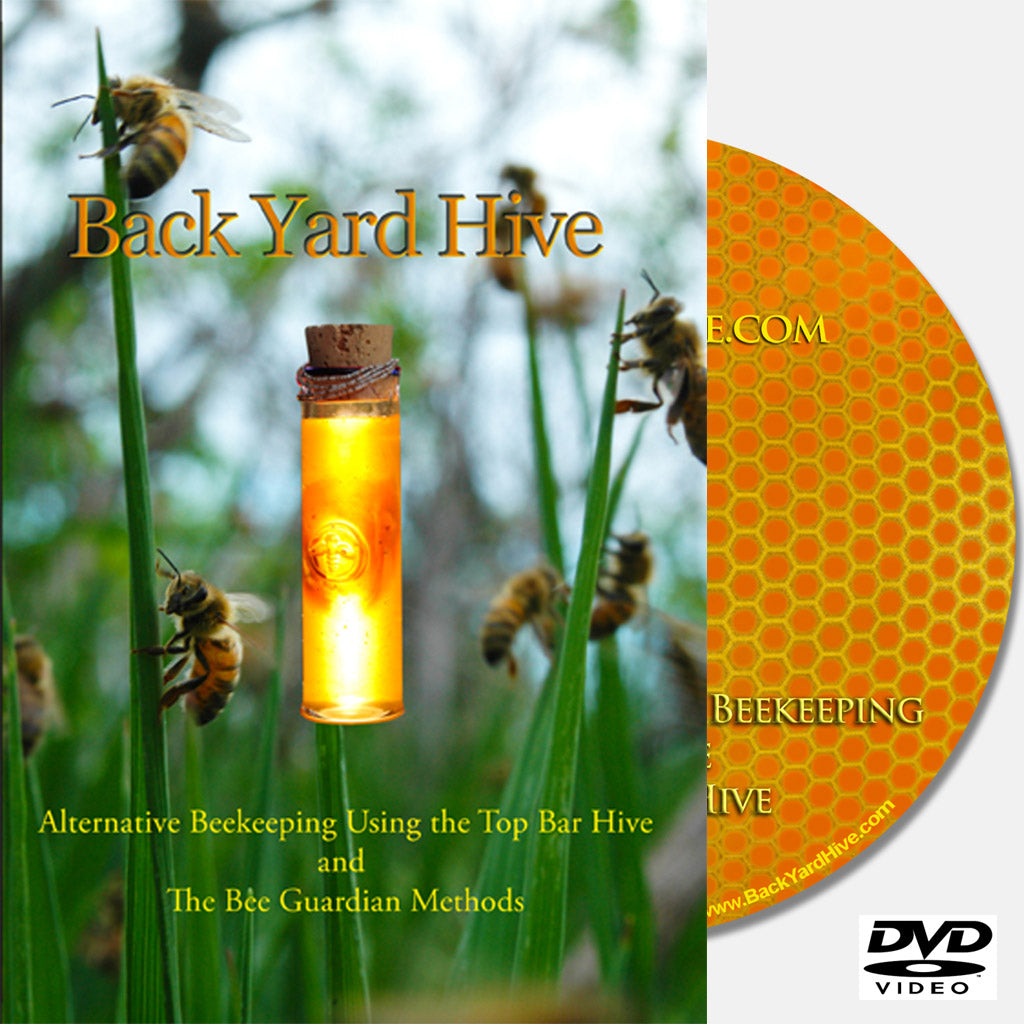
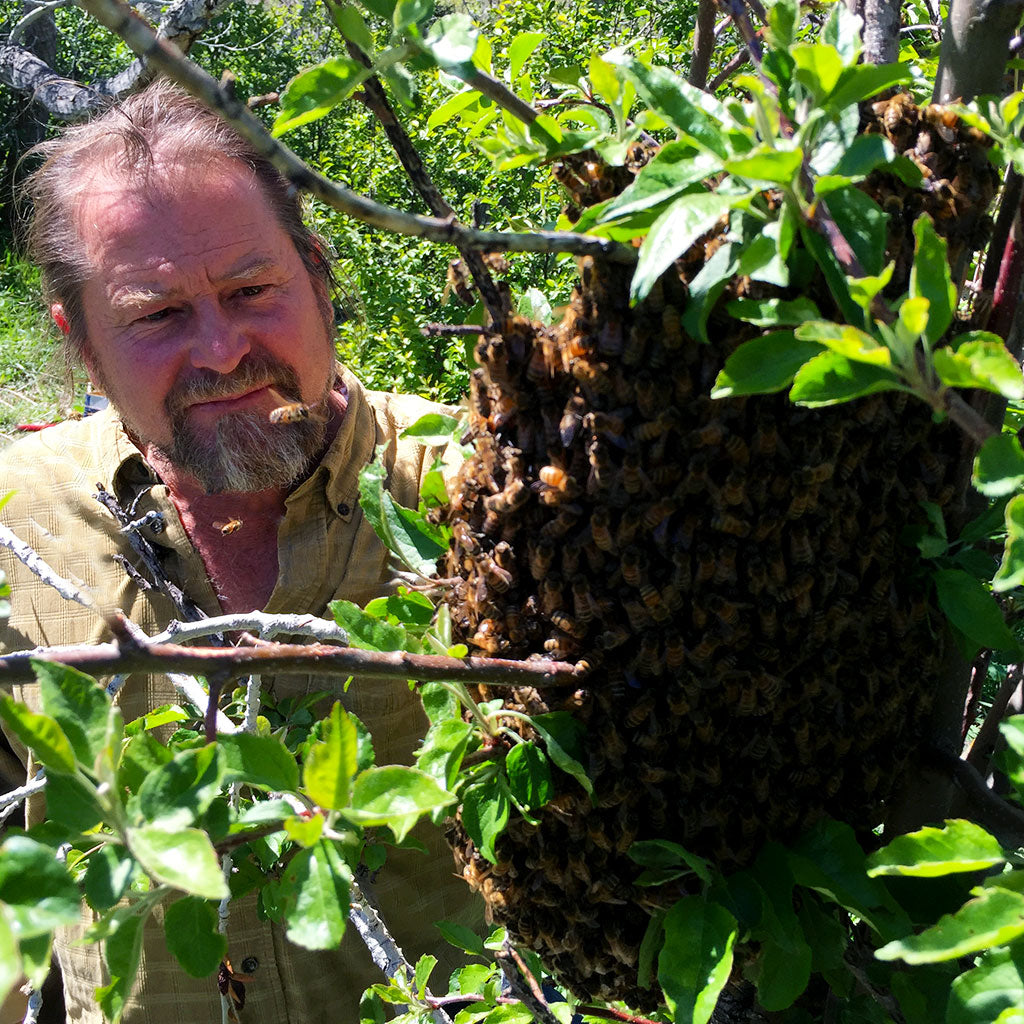
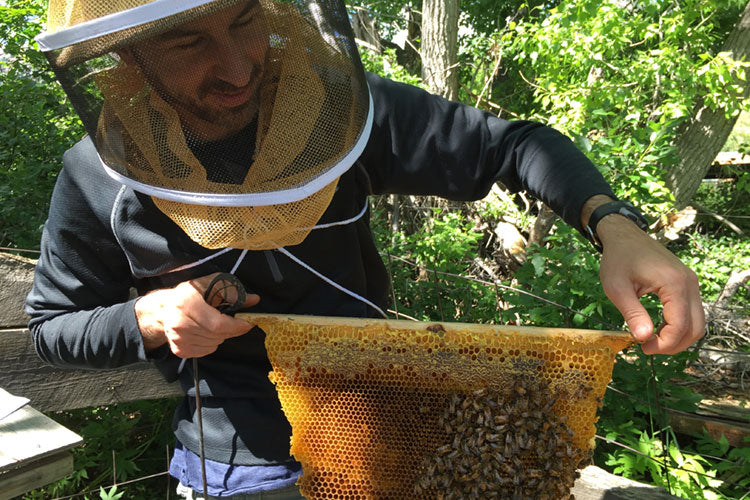
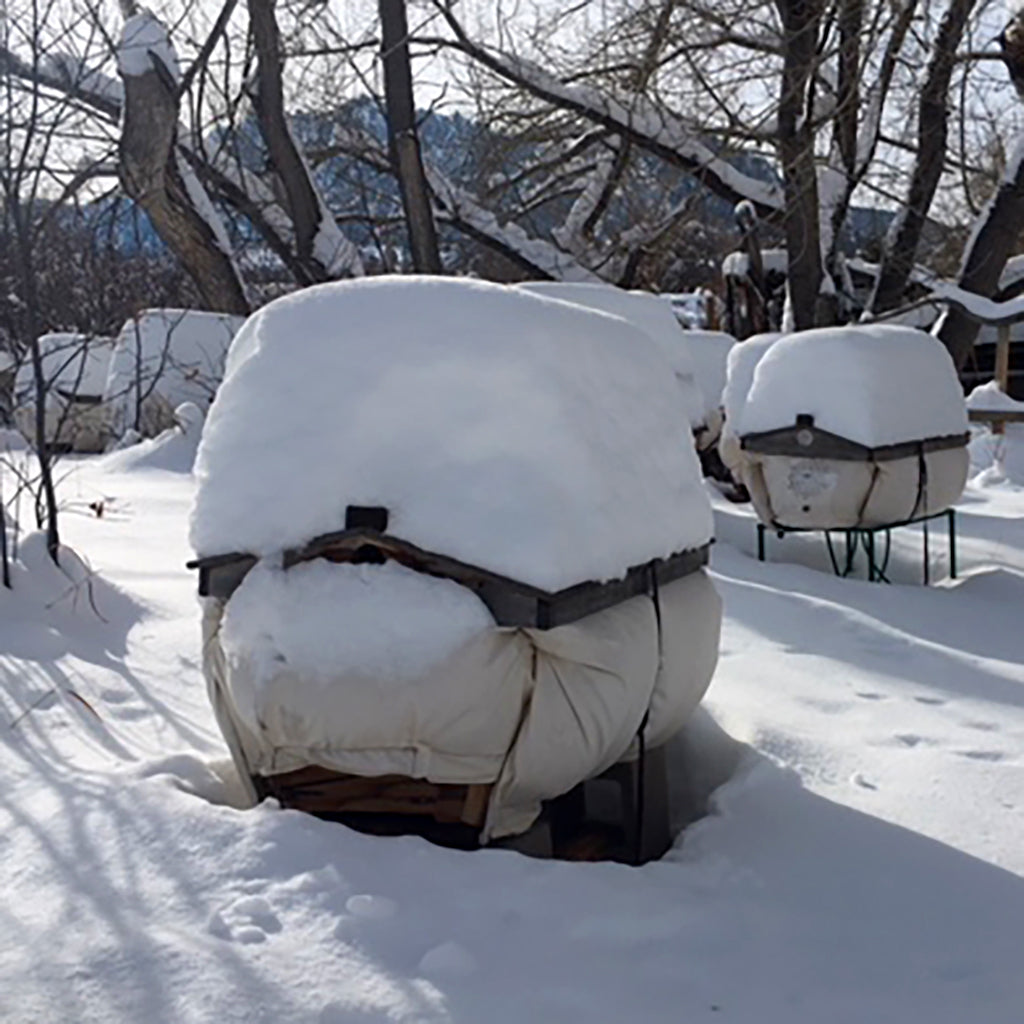
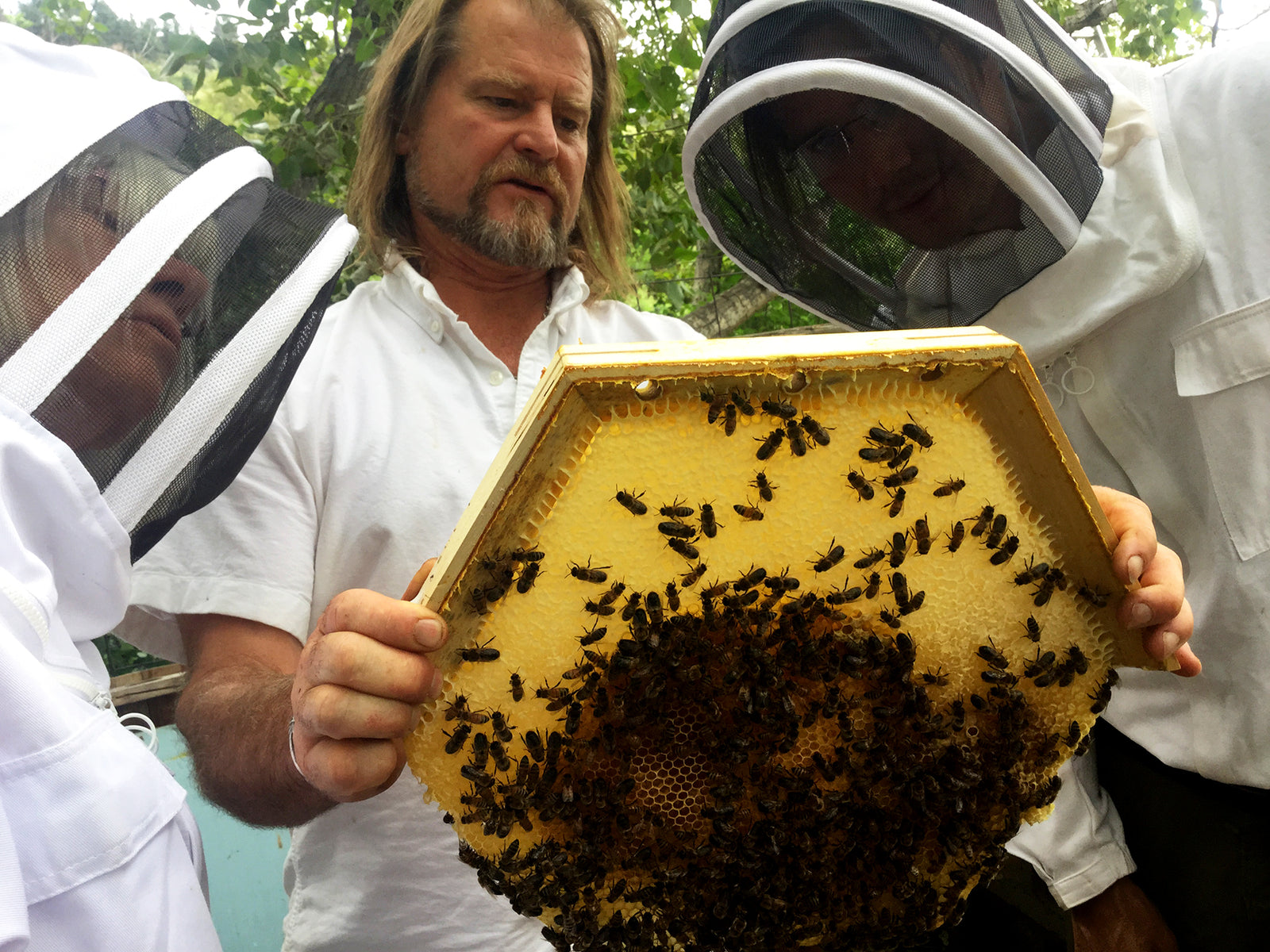
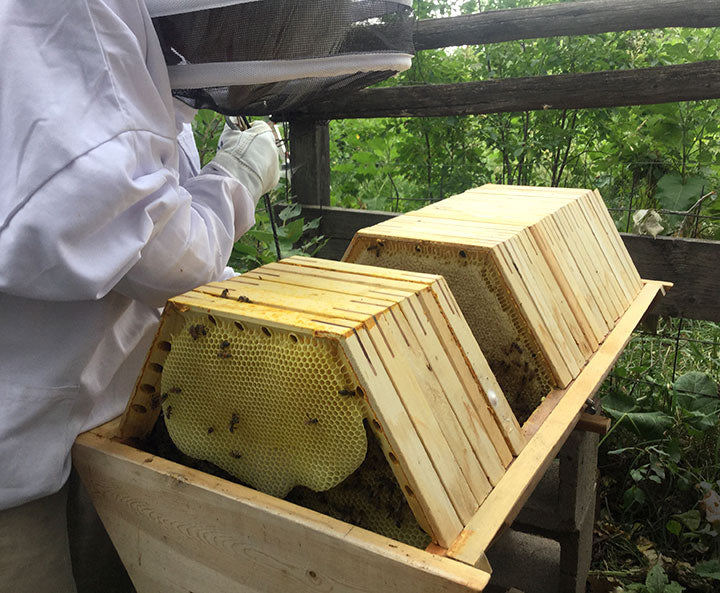

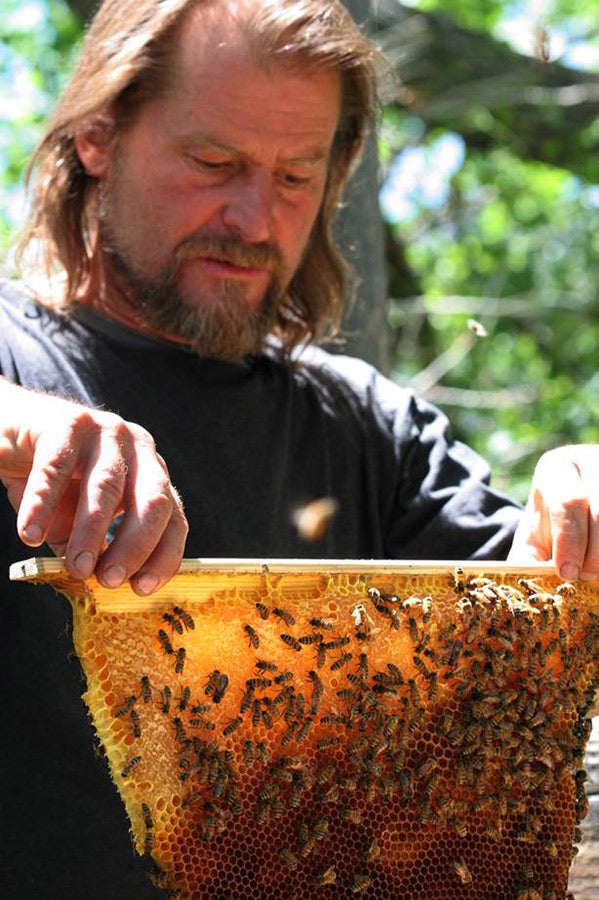




 Newly Capped Honey Comb
Newly Capped Honey Comb



















